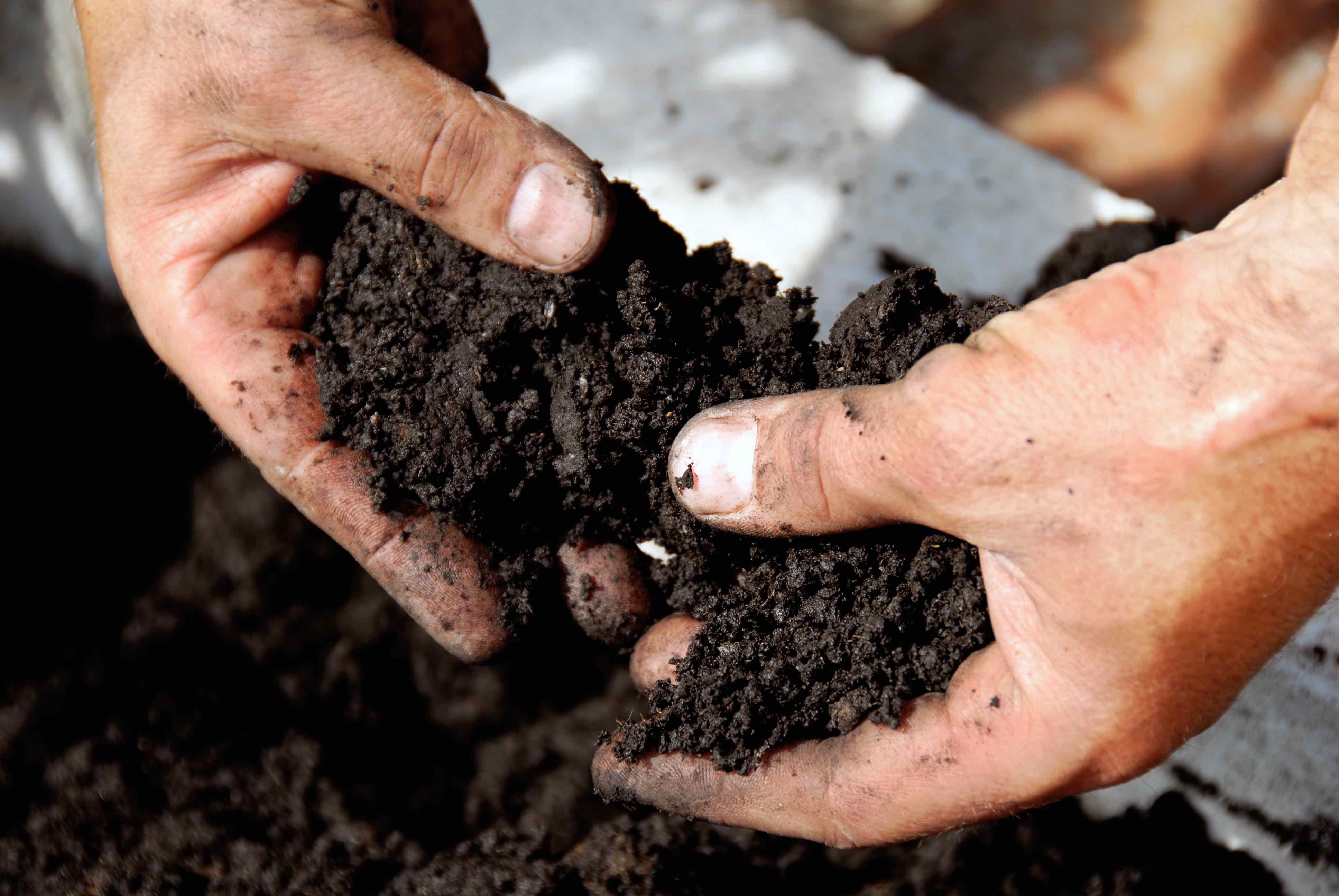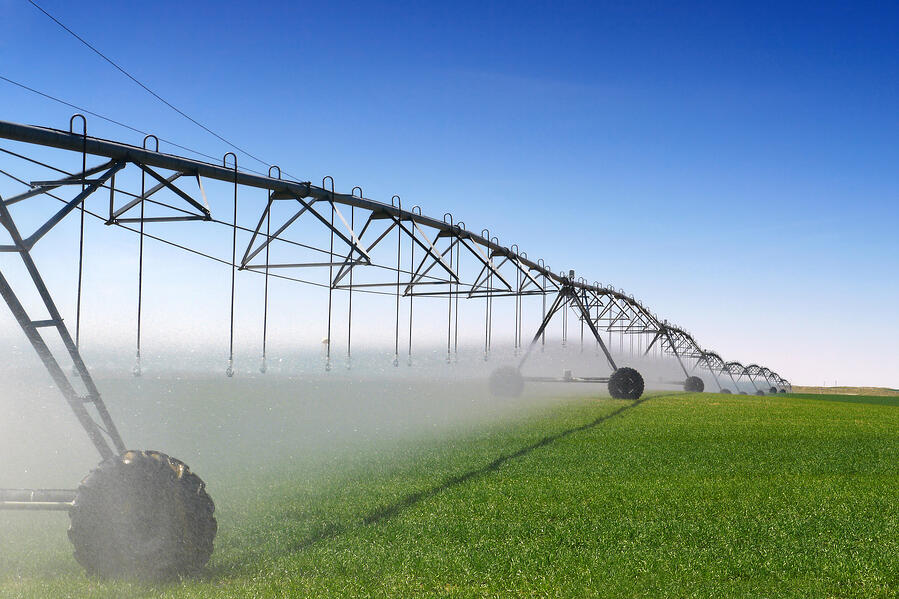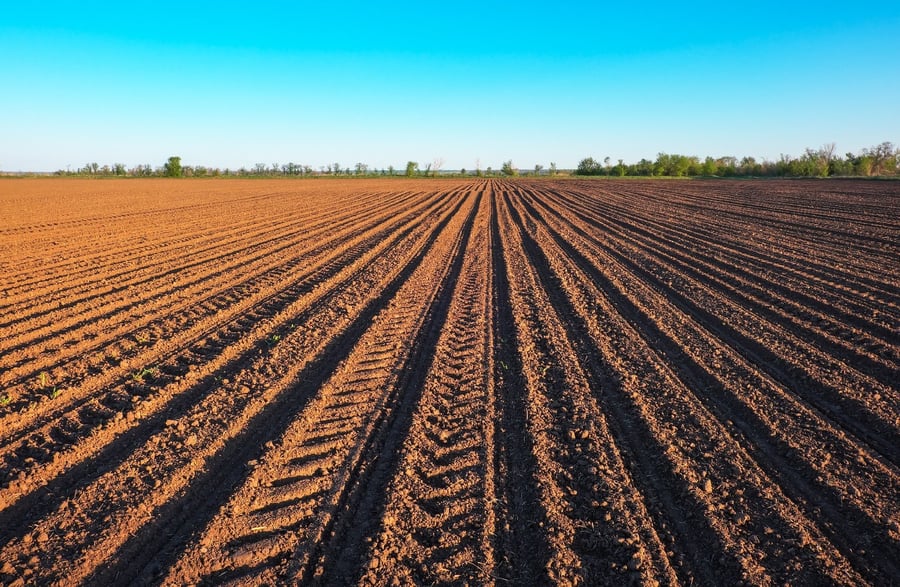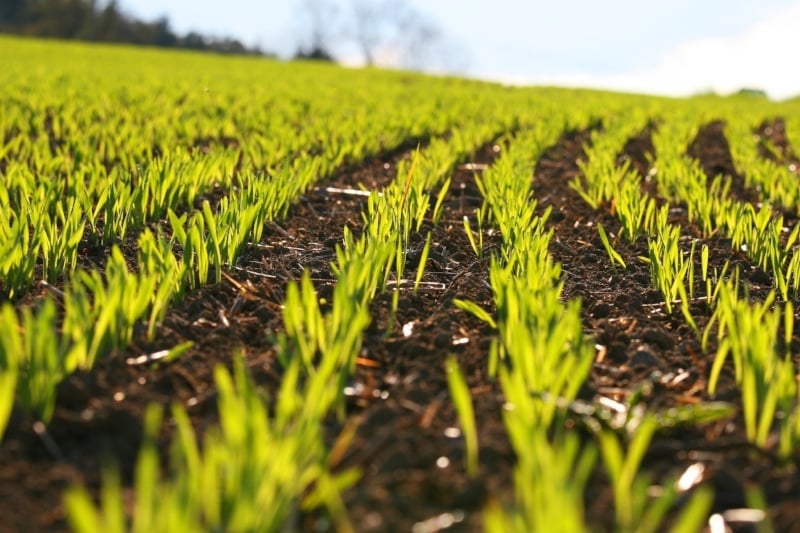What’s the Ideal Moisture Level for Soil to Grow Crops?

Irrigation is a constant challenge in the agriculture industry. Under-watered crops can wither and die—wasting all of the time, money, and effort that went into growing them. Over-watering fields can lead to increased soil erosion—not to mention the waste of water.
To help improve their irrigation efforts, many farmers use a moisture meter for soil. These soil moisture meters help to detect how much moisture in the soil is available to their crops so they can adjust their irrigation schedules accordingly.
However, what’s the ideal moisture level for soil to grow crops? The answer depends on what kind of crops you’re growing and the type of soil you’re growing them in.
Appropriate Soil Moisture Levels by Soil Type
Because this post can’t cover every type of crop out there, here is a general reference table of broadly applicable “ideal moisture levels” for the three major types of soil (when tested using Delmhorst’s KS-D1 soil moisture meter):
|
Soil Type |
No Irrigation Needed |
Irrigation to Be Applied |
Dangerously Low Soil Moisture |
|
Fine (Clay) |
80-100 |
60-80 |
Below 60 |
|
Medium (Loamy) |
88-100 |
70-88 |
Below 70 |
|
Coarse (Sandy) |
90-100 |
80-90 |
Below 80 |
You might notice that the “fine” soil type has a wider moisture content zone where no irrigation is needed than the others. This is because fine, clay-like soil does a better job of retaining moisture than loamy or sandy soils.
It’s important to note that this is a guideline, not a hard and fast rule. After all, most farms will have soil that sits on a gradient somewhere between the three types specified in the table above. Additionally, the numbers above are not a quantitative percentage of moisture in the soil, but an estimate of how close the soil is to complete saturation.
Now that that’s out of the way, what about some specific crop types? How much soil moisture is appropriate for specific crops?
This is a tougher question to answer, since not all scientific studies use the same tools to measure soil moisture, and many studies rely on hand/eye tests without specifying the characteristics of different soil types. With this in mind, here are a few sample ideal soil moisture content values for some specific crop types:
Ideal Soil Moisture Content for Corn
In one Agronomy Advice paper from the Channel, it is stated that the ideal soil moisture level for planting corn is when “soil from the top three to four inches breaks apart between your fingers instead of forming a ribbon or ball.”
According to data from an Iowa State University article on soil moisture, moderately coarse soil will do this at the 75-50% soil moisture range and medium soil will do this at the 50-25% soil moisture range (clay soils will ball under pressure or simply not break even at low moisture content ranges).
This would put the soil on the dry side, which the Channel article recommends because “sidewall compaction in the seed furrow may develop from disk openers slicing wet soil.” After the seeds have germinated and started to grow, however, it may be necessary to step up irrigation to meet the levels of available moisture recommended in the table above.
Ideal Soil Moisture Content for Wheat
According to the Alberta Agriculture and Forestry page, “When seeded into soil with available water between 60 and 100 per cent, spring wheat will germinate, grow rapidly, and reach a peak water use of nearly 7 mm per day during the flowering and fruit-formation growth stages.” So, for farmers growing wheat, maintaining a high available soil moisture is a must.
Ideal Soil Moisture Content for Hops
According to a study from the University of Vermont, there were “75% reductions in yields when optimal moisture is not maintained throughout the entire hop growing season.” As such, maintaining optimal soil moisture is incredibly important for hops. The study, which was designed to investigate the effects of supplemental irrigation on hop yield, soil quality, and pest infestations, noted that “it is important to start the growing season with the root zone as full of water as possible” when growing hops.
As such, having soil that is close to 100% moisture saturation is the ideal for planting and growing hops.
Ideal Soil Moisture Content for Grapes
Grapes require plentiful moisture in soil to thrive. According to a Utah State University publication, “Depending on soil type, the amount of allowable depletion for grapes is about 60 percent.” If the available moisture in the soil dips below that value, then the grapes may reach the “permanent wilting point,” resulting in crop loss and irreversible impacts on grape quality.
Using Agriculture Moisture Meters to Verify Crop Readiness
Of course, while the available moisture in soil is important to track, it isn’t the only moisture characteristic farmers need to keep an eye on. Another important quality metric is the moisture content of the crops being grown.
Here, agriculture moisture meters can prove to be invaluable tools. Using agriculture moisture meters specific to hay, grain, hops, or other crops, farmers can perfect the timing of their harvest and verify that their crops are at the right moisture content to ensure top nutritive quality and safety.
Need help finding the right moisture meter for agriculture to fit your needs? Or, just need some advice about using agriculture moisture meters? Contact the experts at Delmhorst Instrument Co. today. You can also check out one of our agricultural resources at the link below:
Subscribe to Our Blog
Post Related

Using a Moisture Meter for Soil


